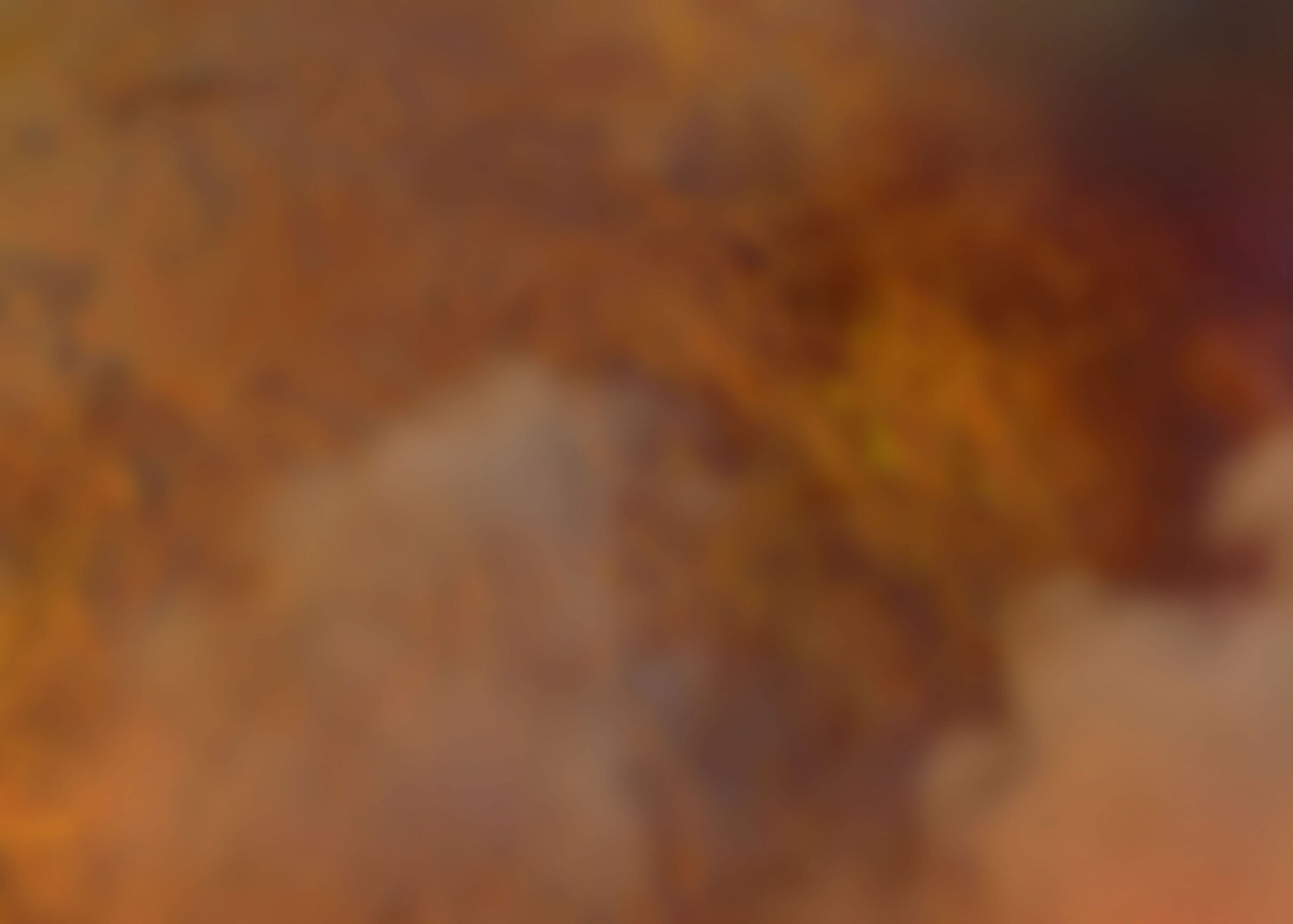045
Bryan Norwood
Phenomenology
Today is a conversation with Bryan Norwood and we’re discussing phenomenology.
You’re first thought is probably, ‘oh, well that sounds like an easy going light conversation!’ But don’t worry, we spend the beginning of the episode trying to break down what exactly that term means as well as some of erroneous preconceptions you might have suffered about phenomenology in the past. And all kidding aside, this was a really informative read and discussion for me and I hope it will be for you as well. Bryan recently guest edited the current issue of the publication Log (#42) and that’s what we’re discussing today.
It’s probably helpful to give a little background as to why we’re discussing phenomenology on ‘Night White Skies’. In many ways, I think this episode has a lot of cross over with the episode with Christopher Schaberg. In that episode (#32) we talk about Donna Haraway’s book ‘Staying with the Trouble’ and her techniques /approaches of tentacles and string figures that look to make new connections between ourselves as well as the environments we live in.
As architects or landscape architects it’s clearly important to give shape to the spaces we occupy. In many ways that’s our primary task as designers. Architects articulate and define spaces for activities to occur. Because after all, decisions must be made about both how a space will look and be organized. But with that being said, there does seem to be an emerging importance for redefining what the objectives ahead are for architects. There are big questions to be addressed about humanities orientation to some rather base line issues like our ecological environments as well as our own bodies. The timing seems right to question many assumptions previously made about each other and our relationships to the contexts we live in.
I’m not saying any answers are provided within this episode but I do believe architecture is in need of a discourse that foregrounds a discussion of reorientation more so than of any singular graphic or formal exercise. I want to be careful here and not give the impression that the shapes and aesthetics of architecture are somehow less important in this approach. But I do believe that there is too much at stake for architects not to be thinking about techniques or strategies that can reorient ourselves to the assumptions that brought us to where we are today and how we might make new connections to the environments and futures ahead.
There might very well be a freedom in architecture ahead. This freedom that comes from disciplinary pursuits of architectural shape that are multiplicitous because the greater ‘project’ is somewhat latent and less identifiable than a monumental architectural form. Architectural projects that reorient our perspectives, lifestyles and goals so as to tackle pressures ahead is where most is at stake. In doing so, this might require changes to how architects articulate and represent their work.
As you’ll hear in this conversation, phenomenology offers avenues for continuing to question our starting points and redefine how we reorient ourselves towards our futures.
Bryan Norwood
Dr. Bryan E. Norwood is an assistant professor in the School of Architecture at the University of Texas at Austin. His research focuses on architecture and building practices in the United States and Atlantic World in the long 19th century.
